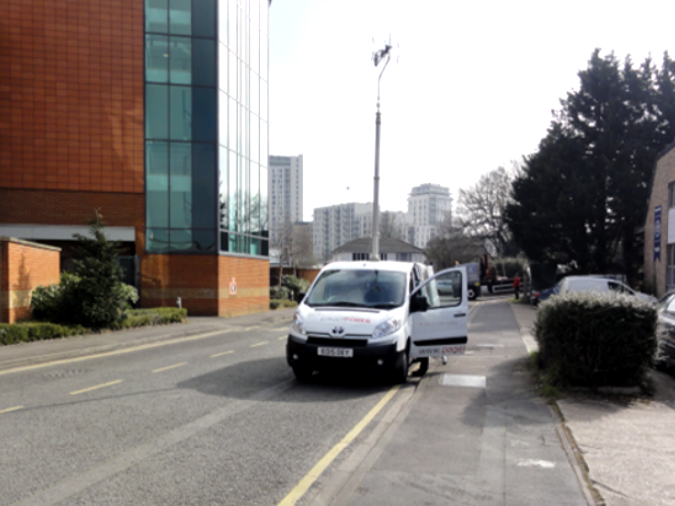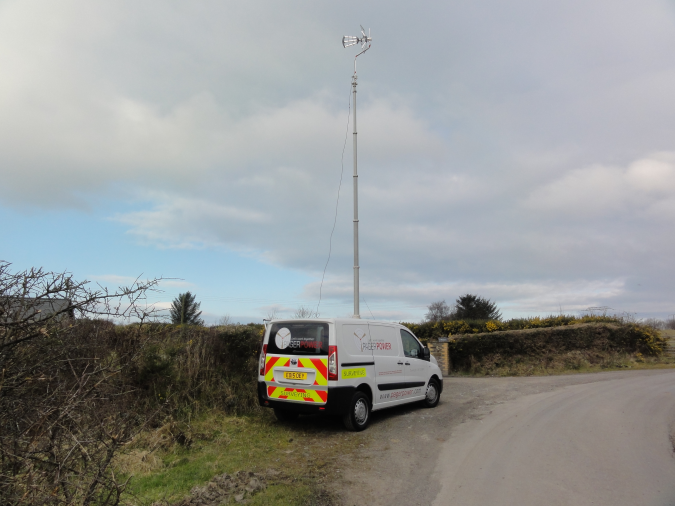The following article presents an overview of the typical process for completing a television reception survey for wind developments, building or any tall obstruction that may affect television signals.
Why is a television reception survey required?
A television reception survey should be undertaken where the obstruction has a potential to affect television signals. Pre-construction, this may be a requested as part of an Environmental Impact Assessment or as a planning condition post consent. A developer may also choose to do it to allay any concerns of their own or as best practice. Post-construction, a television reception survey may be completed to investigate an interference complaint.
How are survey locations chosen?
Survey locations may be chosen through three methodologies, these are:
- Detailed modelling of interference areas based on the coverage of transmitters in the surrounding area.
- Construction of interference zones as per the relevant guidance relative to the transmitters that have coverage in the surrounding area.
- Locations where interference has been cited and validation of the interference (caused by the obstruction) is required.
What is the procedure?
The standard survey procedure is as follows:
- Determine the survey locations and television transmitters serving the surrounding area.
- Travel to the survey location (from GPS co-ordinates) and take survey readings from as close as possible (considering safety and access).
- Extend mast and aerial to 10m above ground level, orientate the aerial towards the relevant television transmitter and optimise such that the highest television signal is received.
- Cycle through each relevant channel measuring signal strength, signal fluctuation and Bit Error Rate (BER). Complete a check of the image and sound quality after decoding the relevant channel. Repeat this for multiple transmitters serving the area, if required.
- At the survey location take photos of surrounding aerials, take a GPS reading to confirm survey location and record an estimate of number of sky dishes relative to terrestrial aerials.
- Repeat points 2-5 at each survey location.
 Figure 1: Pager Power survey vehicle with mast extending.
Figure 1: Pager Power survey vehicle with mast extending.
 Figure 2: Pager Power survey vehicle with mast almost at maximum extension.
Figure 2: Pager Power survey vehicle with mast almost at maximum extension.
How are the survey results used?
The survey results are compiled within a standalone report or within a report containing the modelling. An overall expected impact can then be determined (if necessary) and the results may then submitted as part of the planning application or to discharge a planning condition. Alternatively, if the survey was completed to investigate an interference complaint, the results are reviewed to determine whether interference is caused by the presence of the obstruction. Appropriate mitigation options can then be presented if the interference has been deemed attributable to the obstruction.
Pager Power’s recommendations
Pager Power recommends completing a television reception survey where the development presents a new obstruction within the surrounding environment and/or the development is larger than existing developments in the surrounding area.
Further notes – Radio Surveys
In some circumstances, a radio reception survey may also be requested; this is normally as a part of a planning condition. Whether it is requested or a step within the developer’s own process, the methodology for undertaking a radio survey is much as the same as that presented above.
